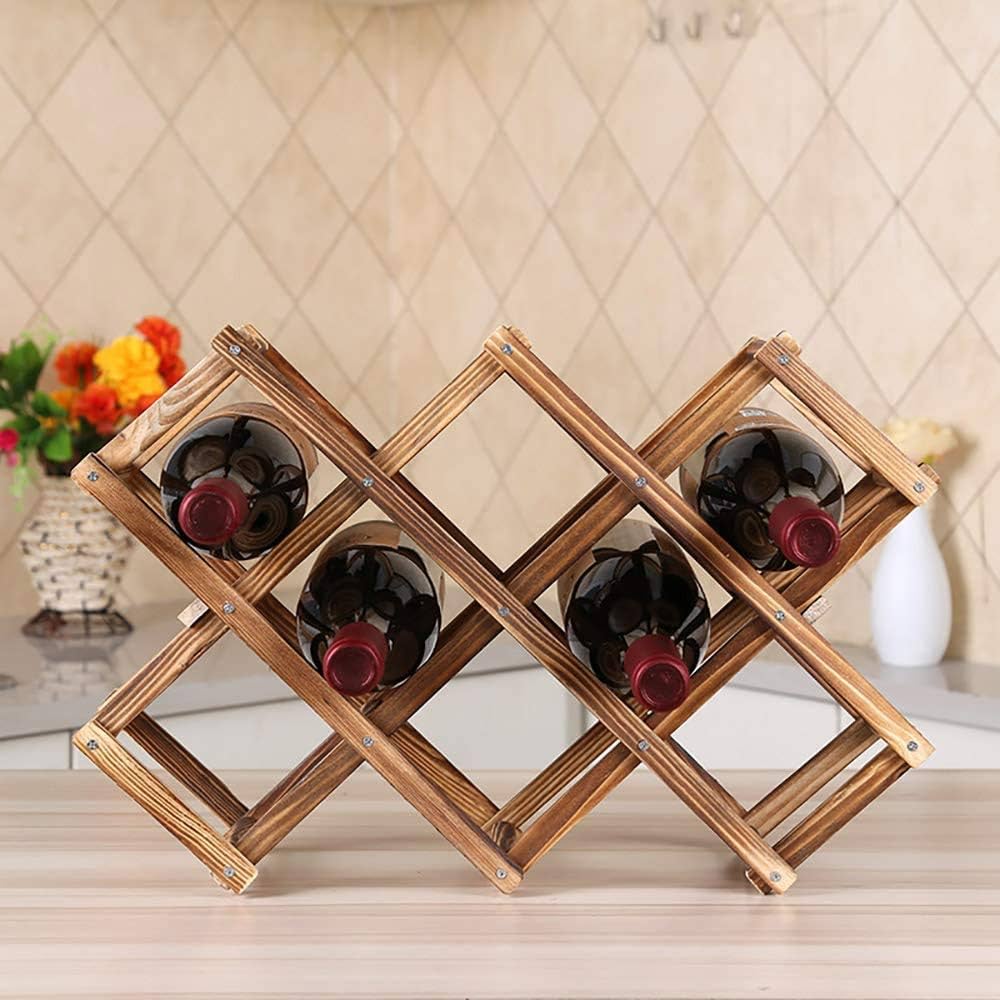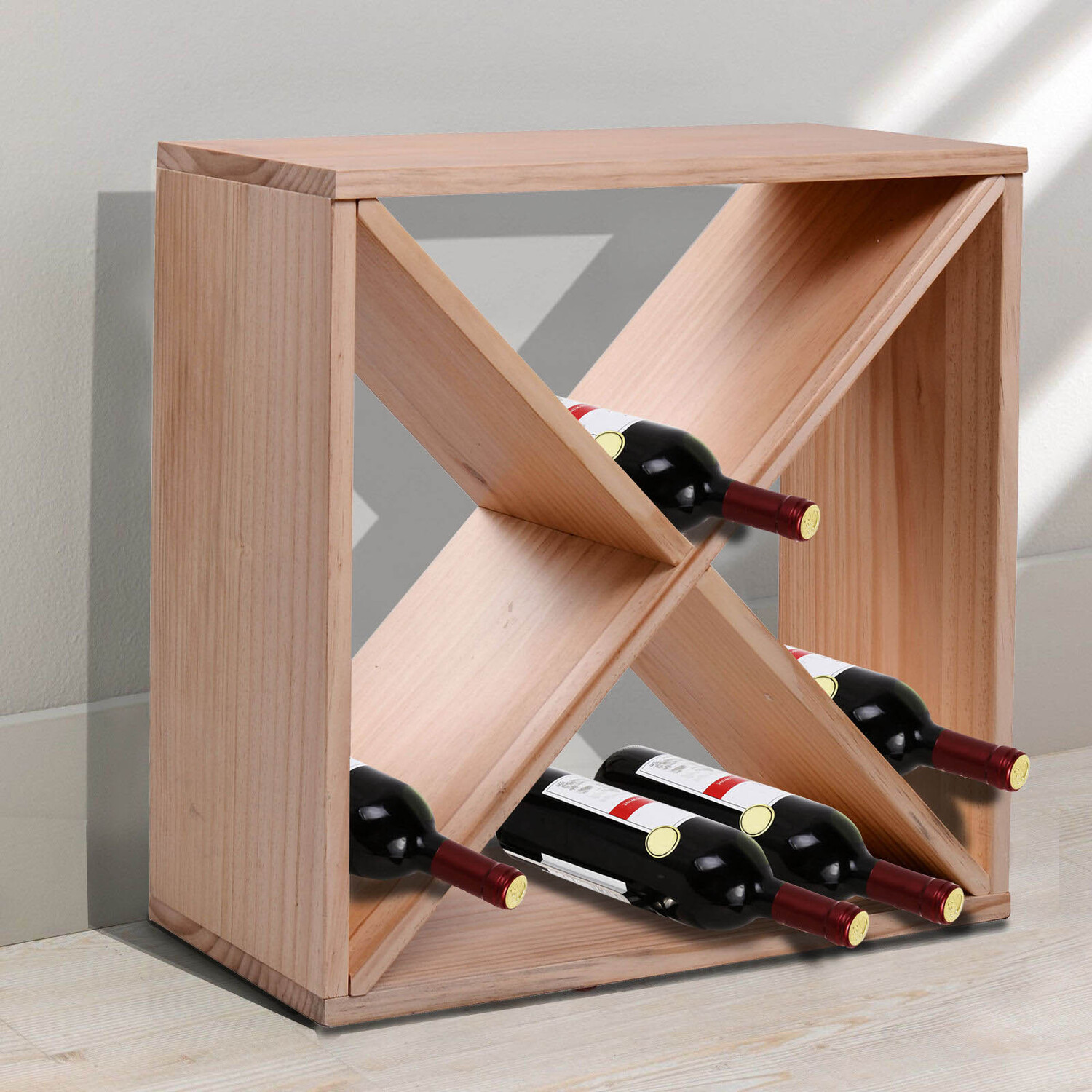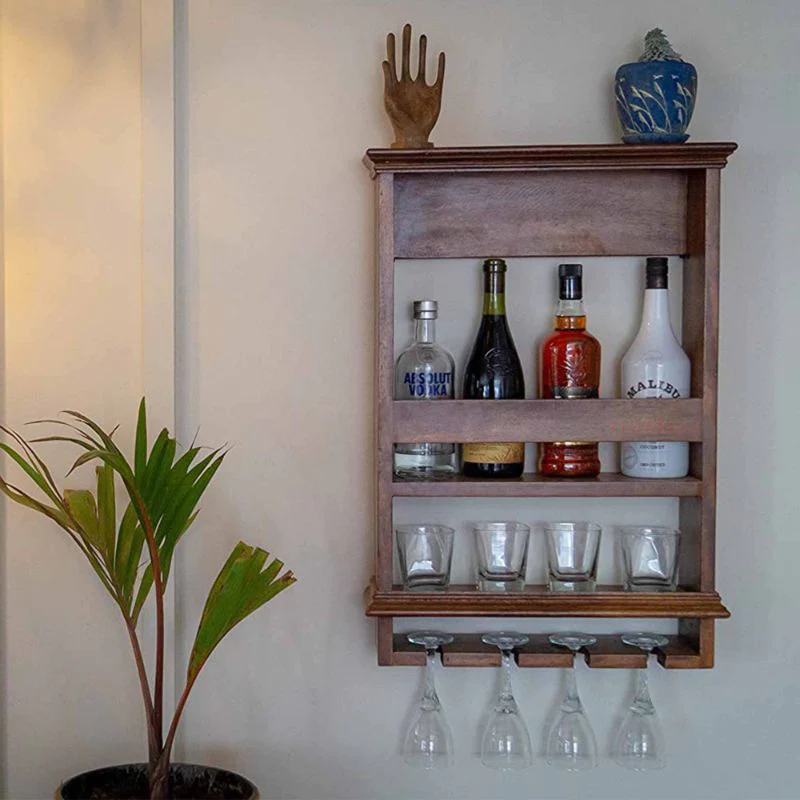Wooden Wine Rack

Wine racks, a symbol of sophistication and connoisseurship, have graced homes for centuries, and throughout this enduring history, wood has stood as the preferred material for crafting these storied holders of fine wines. As the art and science of winemaking have evolved, so too have the designs of wine racks, adapting to the changing needs of enthusiasts and collectors. In this exploration, we delve into the rich tapestry of wooden wine racks, tracing the journey of their evolution in designs, finishes, materials, and construction that has yielded a diverse and functional array of storage options for the oenophile. The use of wooden wine racks is deeply rooted in tradition, echoing a time-honored appreciation for the craftsmanship that goes into storing and displaying prized wine collections. Wood, with its natural warmth and versatility, has consistently captured the essence of this timeless tradition. As the art of winemaking has undergone significant advancements, wine racks have evolved in tandem. Modern wine enthusiasts benefit from a fusion of traditional craftsmanship and contemporary design, offering solutions that cater to the diverse preferences of collectors. Wooden wine rack designs have weathered the ages, standing the test of time with their enduring appeal. From classic and ornate to sleek and modern, the versatility of wood allows for a broad spectrum of designs that complement various interior aesthetics. The finishes applied to wooden wine racks play a pivotal role in enhancing their aesthetics. From natural wood tones that highlight the grain to stained finishes that add depth and character, the choice of finish contributes to the overall visual impact of the wine storage.


